You’ve probably seen the iconic chonmage—the topknot hairstyle worn by samurai in old Japanese movies or sumo wrestlers today. But have you ever wondered how it’s actually done? Or where it came from?
Let’s take a casual look into how a chonmage is tied and the surprising history behind this uniquely Japanese hairstyle.
What Is a Chonmage?
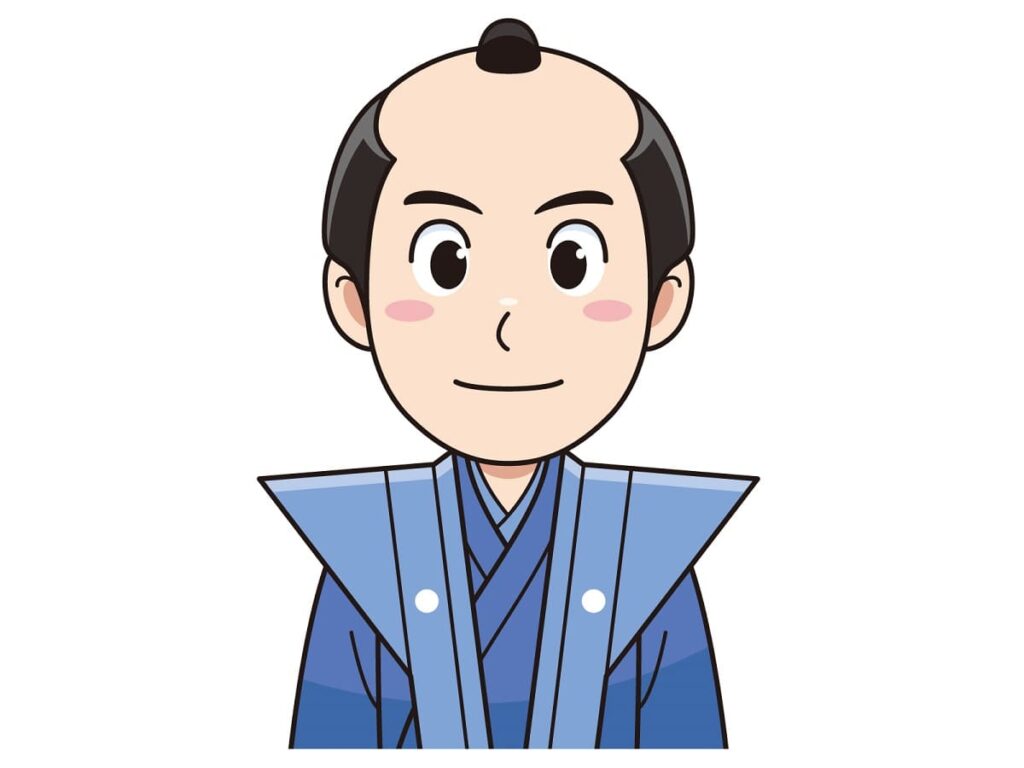
A chonmage is a traditional Japanese hairstyle where the top of the head is shaved, and the remaining hair is tied into a topknot. The knot is then fixed in place using plant-based oil.
Although many people know what a chonmage looks like, not many know how it’s made. In the old days, people would actually pluck individual hairs from the top of their head to create the shaved area—ouch! Later, razors were introduced to make things easier (and less painful).

I found a video of someone tying a chonmage even today! If you’re curious about how it’s done, check it out!
The Surprising Origins: Back to the Asuka Period
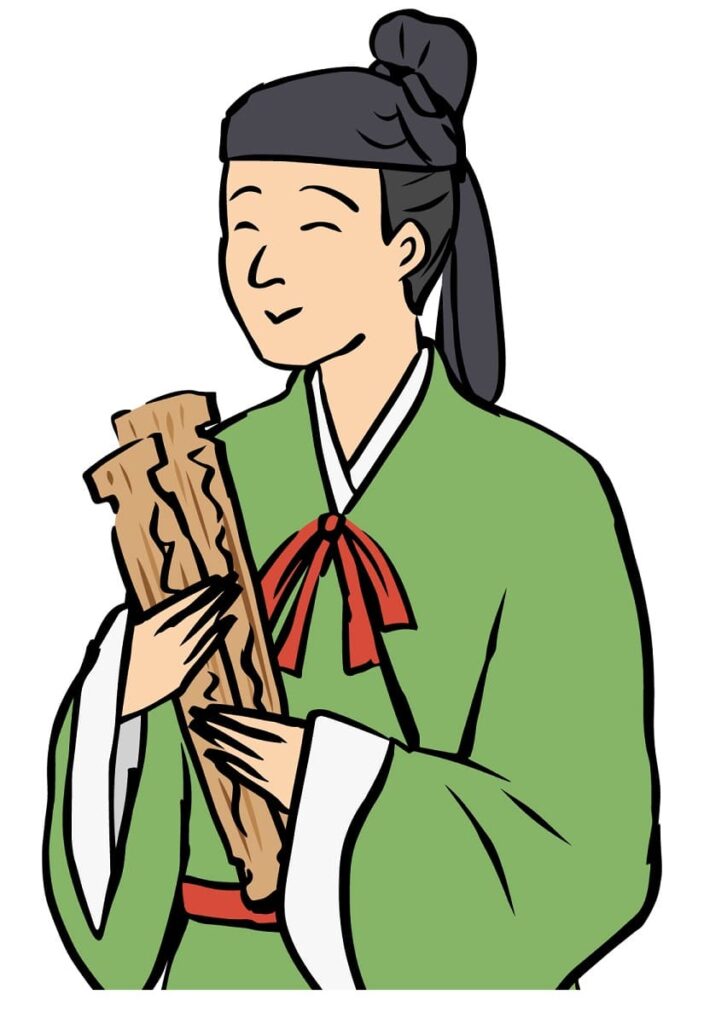
Believe it or not, the roots of the chonmage go all the way back to the Asuka period (around the 6th to 8th century). At the time, adult men often wore a head covering called an eboshi, which didn’t allow much air to circulate. To prevent sweat and itchiness, nobles began tying their hair on top of their heads into a style called motodori.
This motodori—a tied-up bun near the crown of the head—is considered the ancestor of the chonmage.
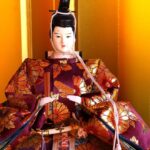
Still itchy!
Samurai and the Chonmage Evolution
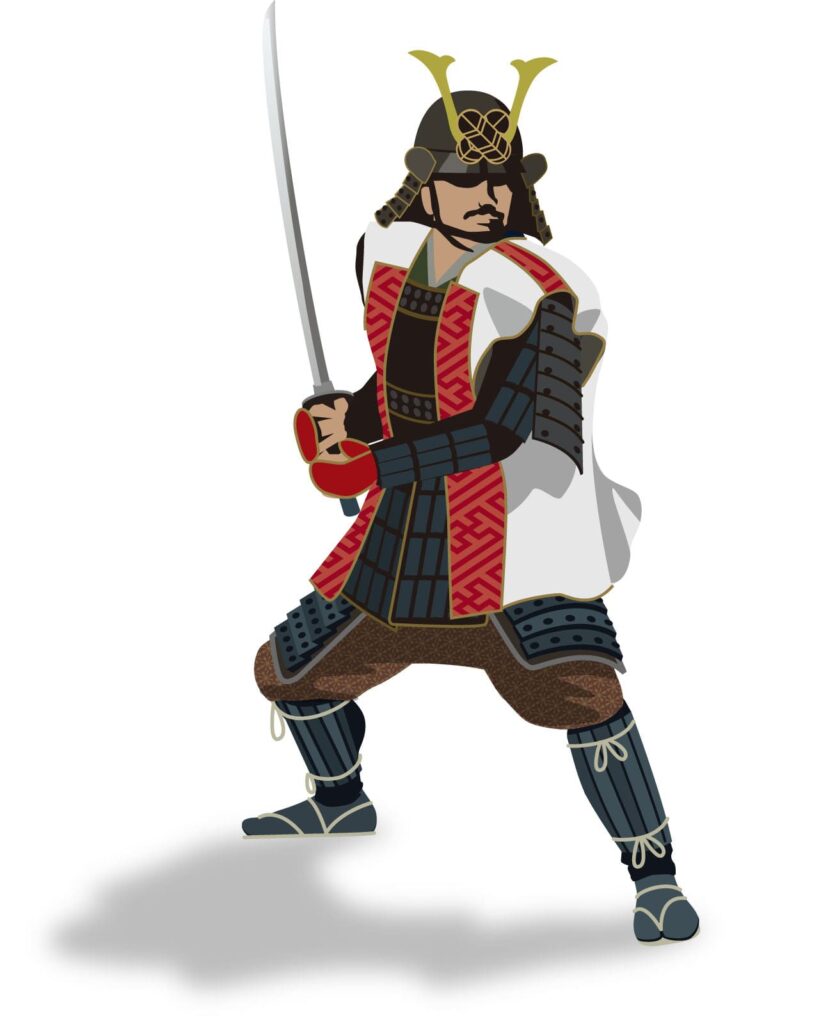
As the samurai class rose to power, helmets (kabuto) became essential during battle. Just like eboshi, helmets were stuffy, so many samurai copied the noble’s motodori style at first. However, they took it a step further.
They found that shaving the front and top of the head, a style called sakayaki, kept things cooler under the helmet. At first, this involved plucking hairs with tweezers—time-consuming and often bloody! In fact, the Portuguese missionary Luís Fróis, who visited Japan during the Sengoku period, noted how samurai were often seen with bloody heads after battle prep.

Not shaving the sakayaki (top of the head) was considered extremely disrespectful toward one’s lord. People shaved it diligently to avoid being seen as neglectful or disloyal.
Around the time Toyotomi Hideyoshi unified Japan in the late 16th century, razors became common, making it much easier to maintain the style.
From Warriors to Commoners
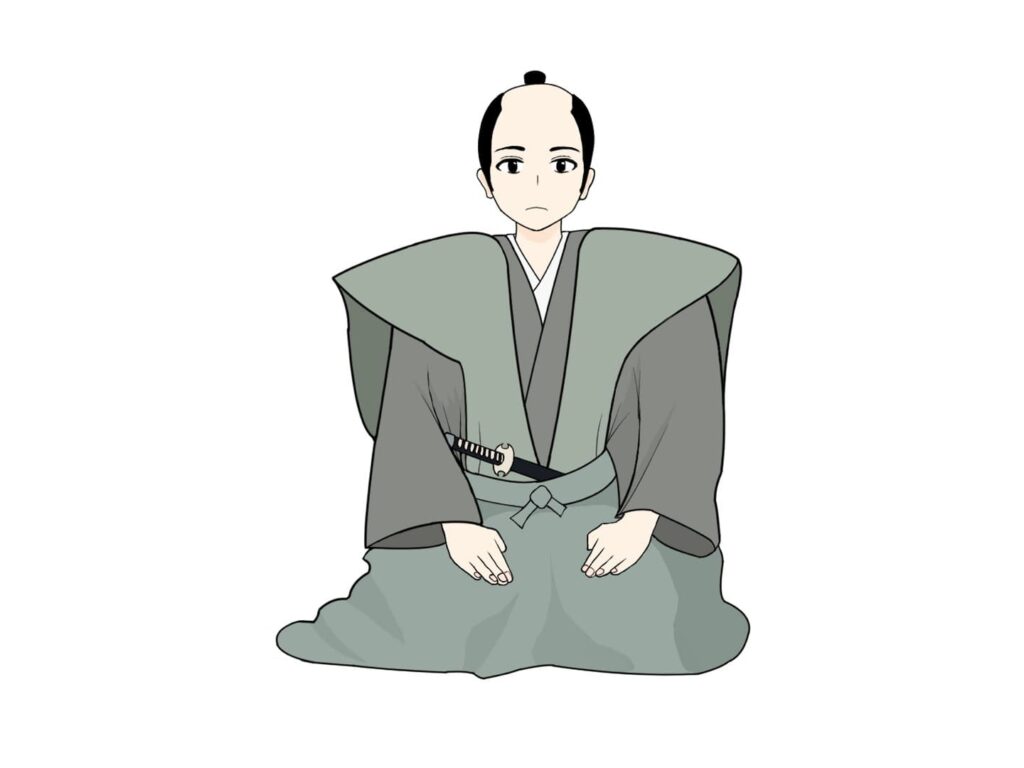
By the late medieval period, people stopped wearing eboshi for everyday life. Hairstyles changed to reflect social status and practicality. The chonmage became more common, especially among men.
During the peaceful Edo period, there were fewer battles, and helmets weren’t needed anymore. Still, the chonmage style spread to the public, even gaining popularity among women at times. What started as a samurai necessity became a fashion trend.

In the Edo period, the chonmage hairstyle was actually quite popular!
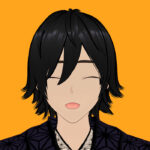
I wish I was born in Edo period…
(I want to try the hairstyle) … Just kidding! NEVER!!!
The End of the Chonmage Era

The chonmage finally fell out of favor in 1871, during the Meiji Restoration. The government issued the Danpatsurei (Haircut Edict), encouraging men to cut their topknots to embrace a more modern and “civilized” appearance, influenced by Western culture.
In 1873, Emperor Meiji himself cut his hair, and the chonmage began to disappear. A satirical phrase of the time said:
“If you hit a chonmage, you hear the sound of backward thinking.
But hit a cropped head (zangiri atama) and you’ll hear the sound of civilization and enlightenment!”
Q&A – Common Questions About the Chonmage Hairstyle
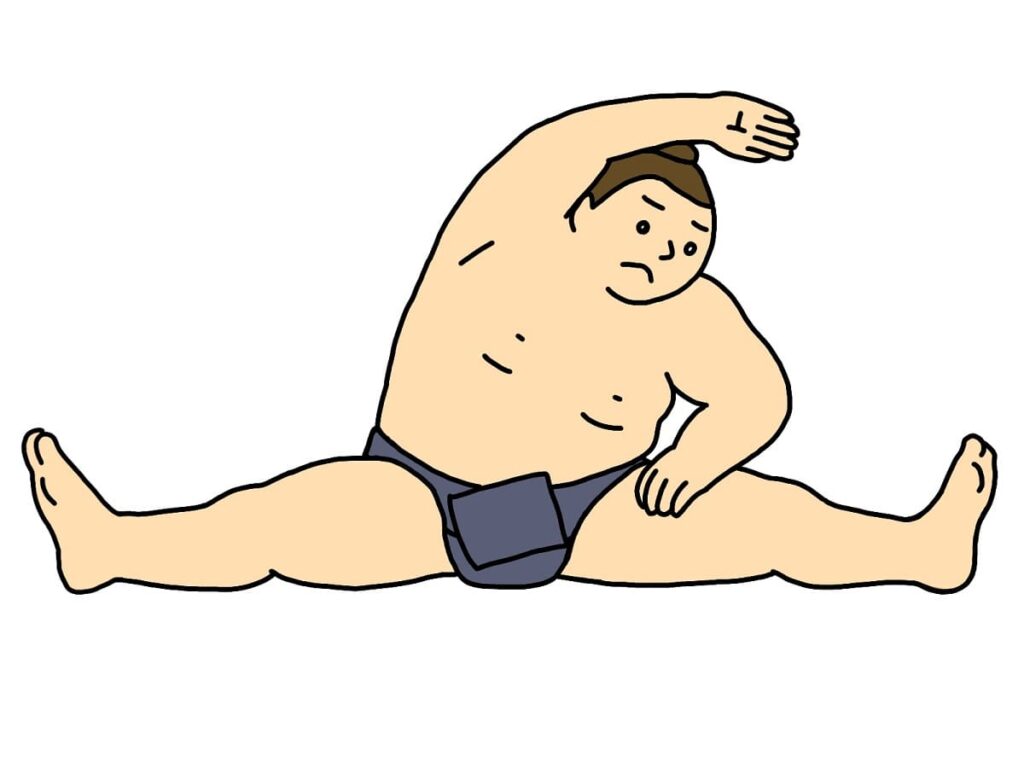
- QDo people still wear chonmage in Japan today?
- A
Outside of sumo wrestlers and actors in period dramas, the chonmage isn’t worn in modern-day Japan. It’s mostly seen in cultural or ceremonial settings.
- QWhy did samurai shave the top of their heads?
- A
It was mainly for comfort. Wearing a helmet during battle was hot and stuffy, so shaving the top made it cooler and more practical.
- QDid women ever wear chonmage?
- A
While not exactly the same, the chonmage-inspired style did gain some popularity among women during the Edo period. It became a trend that even extended beyond the samurai class.
- QWhat does chonmage symbolize today?
- A
Today, it symbolizes tradition and Japanese heritage—especially in sumo wrestling and historical reenactments. It’s a reminder of Japan’s samurai past.
Final thoughts about Chonmage

Today I learned about Chonmage a lot.
Even modern Japanese people might find the chonmage hairstyle a bit amusing, but it actually has a long and rich history. Foreigners seeing it for the first time must have been quite surprised.
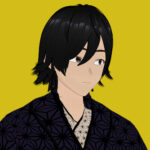
People from abroad who weren’t used to seeing chonmage reportedly mocked it, saying it looked like “a pistol on the head.”
The chonmage isn’t just a funny-looking old hairstyle—it carries centuries of history and tradition. From the practical needs of warriors to the refined styles of Edo-era fashion, the chonmage evolved with Japanese society.
Though it may seem like a relic of the past, this iconic topknot continues to live on in Japan’s cultural memory—especially in the sumo ring and on the screens of historical dramas.
Next time you see a chonmage, you’ll know exactly what it is and why it matters!
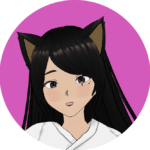
If you are interested in Japanese culture, and you love gaming, you may love these games! Let’s play!
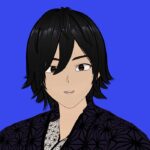
Yes! Let’s play!

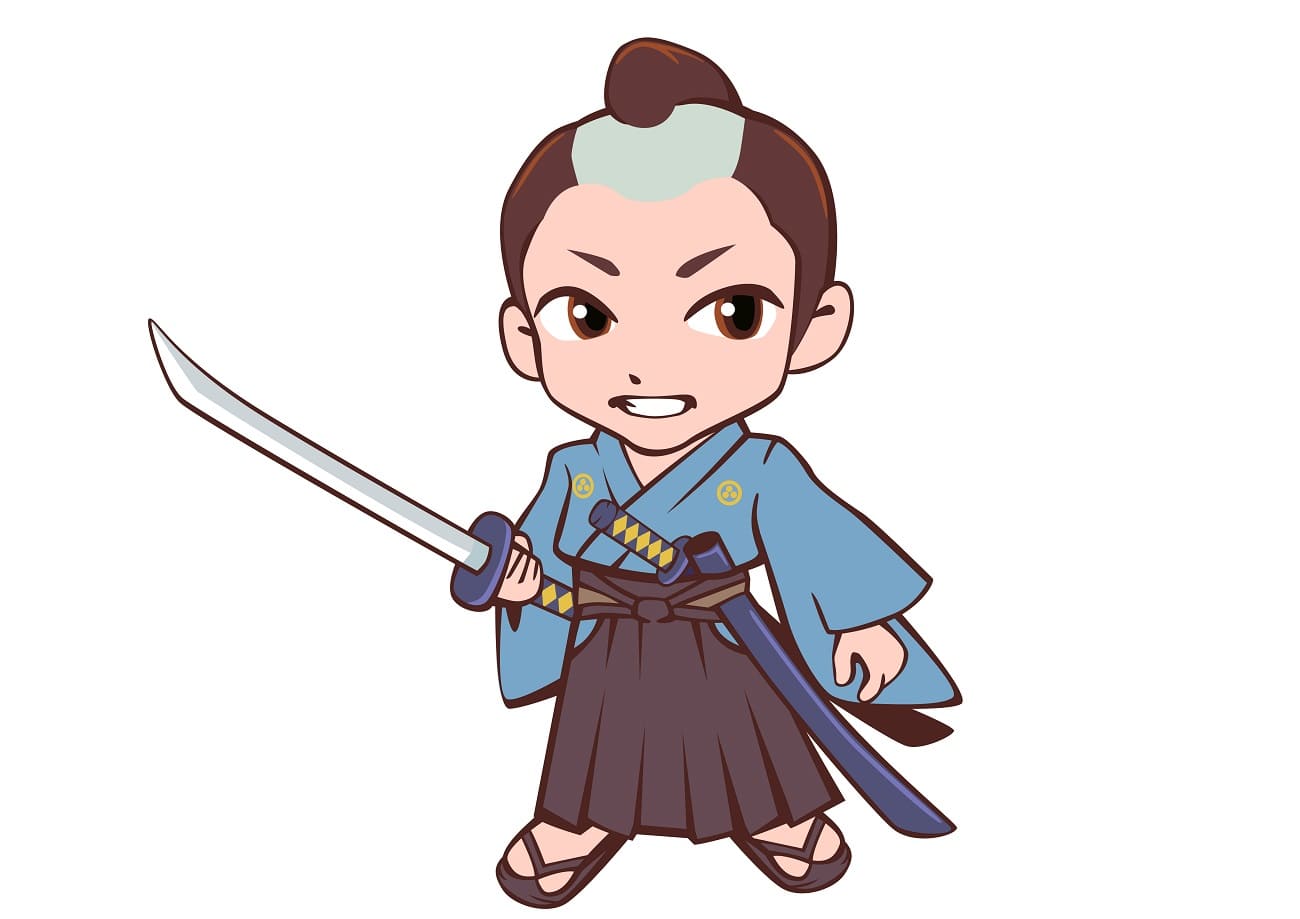


Comments